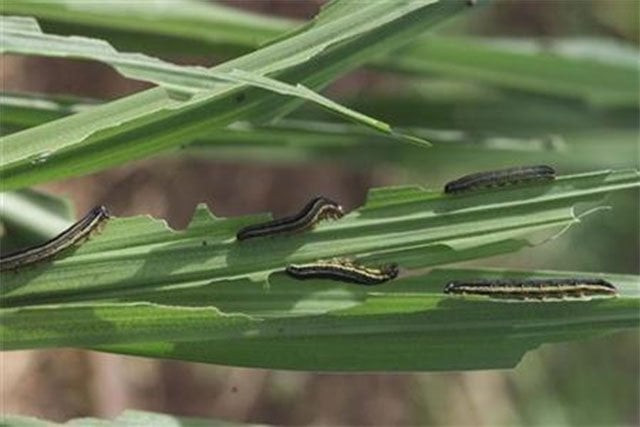
This unheard-of phenomenon – that in recent years has taken its toll on infrastructure and the road network in the mountainous region – is being attributed to climate change.
First of its kind: Insect museum to be set up at Faisalabad varsity
The infestation that lasted for over 25 days during April to May period damaged more than 20,000 trees in Ahmedabad, Hyderabad, Alit and Salmanabad areas of Hunza where gardening of cherry and apricot is not only a hobby, but also a major source of income for locals.
“Besides wild trees, cherry and apricot trees also become victim of the insects,” said Shehzad Khan. “It just ate up every leaf on the tree. We have lost hundreds of precious trees to the insects,” said Khan, who lives in Hunza.People used sprays as part of damage control but that did not work.“The trees, which used to produce fruit worth thousands of rupees, are just deadwood now,” said another local of Hunza, terming the infestation ‘strange’ and ‘unprecedented’.
A senior conservationist, Dr Babar Khan, who also heads WWF in G-B, attributed the phenomenon to the outbreak of hairy caterpillars. “It seems to be an implication of the ecosystem imbalance caused by the absence of its natural predator in the area.”
He said hairy caterpillar means that its larvae is one month old and it is generally categorised as a butterfly, and is often active at night. This can remain active for almost three weeks before moving on to the next phase. “In his span as larvae, this insect completely removes all types of fresh leaves necessary to make food through photosynthesis.”
Cotton crop: Dearth of seeds, diseases eat away up to 15m bales
Dr Babar said the heavy infestation of hairy caterpillars might have been triggered by lack of its natural predator, golden oriole, in the area that feeds on them.
“The absence of golden oriole in that particular area was probably due to chopping of trees like walnut and other dense canopy trees.”
Another possibility, he said, was that the bird (golden oriole) arrived late in this region possibly because of the changes in climatic patterns. Golden oriole normally appears in Hunza with the onset of spring as its presence is considered to be heralding the new season in Hunza folklores.
Published in The Express Tribune, June 16th, 2016.


















COMMENTS
Comments are moderated and generally will be posted if they are on-topic and not abusive.
For more information, please see our Comments FAQ